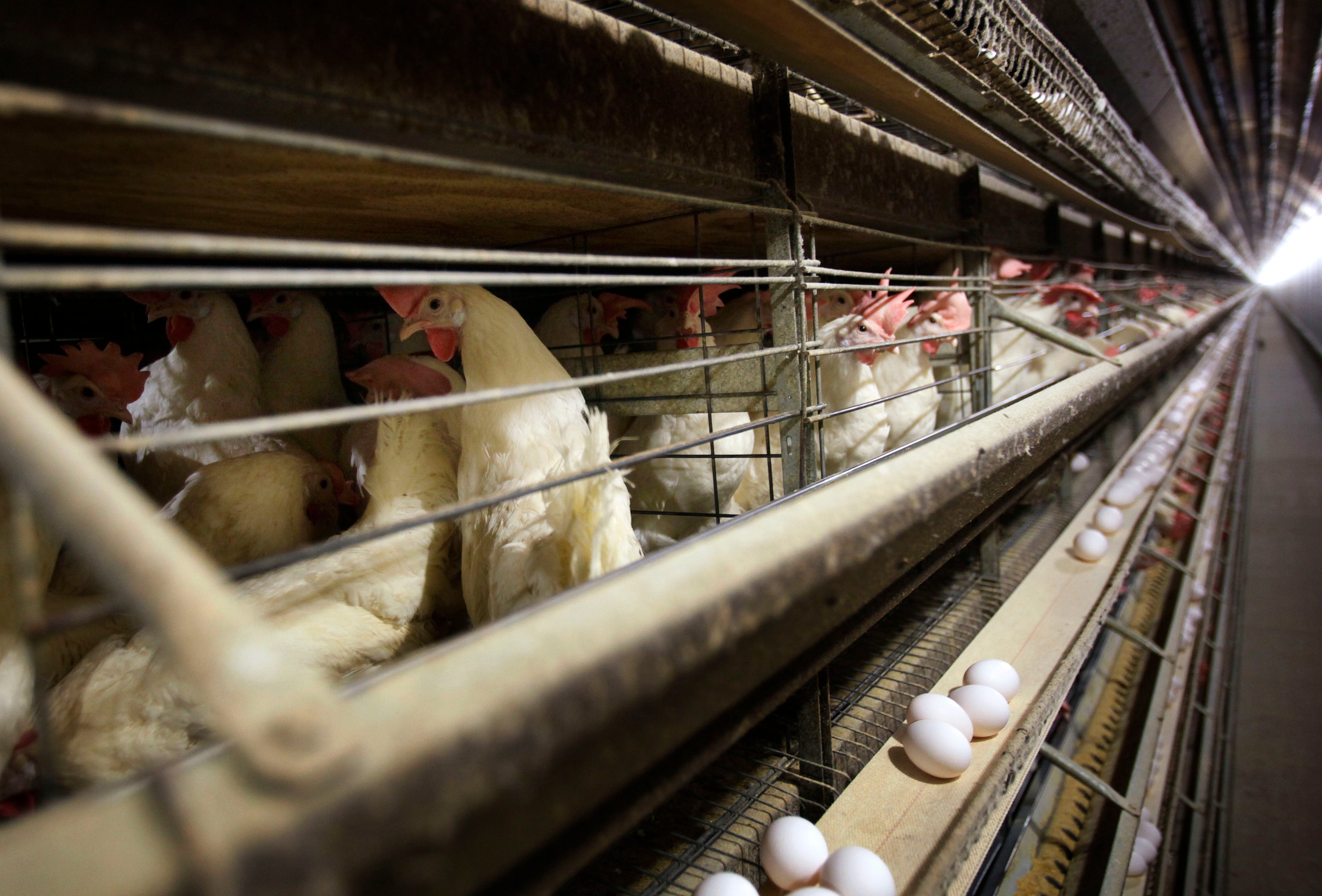Colorado Bird Flu Outbreak

Colorado bird flu – Colorado is experiencing an outbreak of highly pathogenic avian influenza (HPAI), commonly known as bird flu. The outbreak began in late April 2023 and has since spread to multiple counties across the state.
The recent outbreak of bird flu in Colorado has raised concerns among poultry farmers and wildlife enthusiasts alike. While the situation remains fluid, the virus has been confirmed in several commercial and backyard flocks. Amidst the ongoing efforts to contain the spread of the disease, it’s worth noting that Glenn Youngkin, the current governor of Virginia , has taken a proactive stance in addressing similar outbreaks in his state.
By drawing lessons from Youngkin’s approach, Colorado authorities can potentially enhance their own response and mitigate the impact of the bird flu on the state’s poultry industry and wildlife populations.
The outbreak is caused by the H5N1 strain of bird flu, which is highly contagious and can be fatal to birds. The virus can be transmitted through contact with infected birds or their bodily fluids, and it can also be spread through contaminated food, water, or equipment.
Geographical Spread
The outbreak has been reported in multiple counties across Colorado, including Weld, Larimer, Boulder, and Jefferson counties. The virus has also been detected in wild birds in other parts of the state, including the San Luis Valley and the Front Range.
Strains Involved
The outbreak in Colorado is caused by the H5N1 strain of bird flu. This strain is highly pathogenic, meaning that it can cause severe illness and death in birds. The H5N1 strain has been responsible for outbreaks of bird flu in other parts of the world, including Europe and Asia.
The H5N1 strain is not known to be transmissible to humans, but it can cause serious illness in birds. The virus can be transmitted through contact with infected birds or their bodily fluids, and it can also be spread through contaminated food, water, or equipment.
Amidst the avian influenza outbreak in Colorado, the scientific community is turning its attention to the unexplored realm of NASA’s moon caves. These caves, discovered during recent lunar missions, may hold valuable clues about the evolution of life on Earth, as well as potential treatments for the highly contagious virus affecting Colorado’s poultry population.
Impact on Colorado’s Poultry Industry
The outbreak of bird flu in Colorado has had a significant economic impact on the state’s poultry industry. The disease has caused the death of millions of birds, leading to a decrease in the supply of poultry products and an increase in prices. The industry has also been forced to implement strict biosecurity measures to prevent the spread of the disease, which has increased costs and reduced productivity.
Economic Impact
- The outbreak has caused the death of millions of birds, leading to a decrease in the supply of poultry products and an increase in prices.
- The industry has also been forced to implement strict biosecurity measures to prevent the spread of the disease, which has increased costs and reduced productivity.
- The outbreak has had a negative impact on the state’s economy, as the poultry industry is a major employer and contributes significantly to the state’s GDP.
Measures Taken by the Industry
- The poultry industry has implemented strict biosecurity measures to prevent the spread of the disease, including:
- Increasing the frequency of cleaning and disinfection of poultry houses
- Restricting access to poultry houses by unauthorized personnel
- Vaccinating poultry against the disease
Potential Long-Term Effects
The outbreak of bird flu in Colorado is likely to have a long-term impact on the state’s poultry industry. The disease could become endemic in the state, which would lead to ongoing losses for the industry. The outbreak could also damage the state’s reputation as a producer of high-quality poultry products, which could lead to a loss of market share.
Public Health Implications

The Colorado bird flu outbreak poses potential risks to human health. The virus can spread to humans through contact with infected birds or their bodily fluids, such as saliva, feces, or respiratory secretions. While the risk of infection in humans is generally low, it is crucial to take precautions to prevent transmission.
Public health officials in Colorado are closely monitoring the outbreak and implementing measures to protect the population. These measures include:
- Surveillance and testing of poultry flocks to detect and contain the virus.
- Quarantining and culling of infected flocks to prevent the spread of the disease.
- Education and outreach programs to inform the public about the risks and preventive measures.
Guidelines for Preventing and Responding to Potential Human Cases, Colorado bird flu
To prevent and respond to potential human cases of bird flu, it is essential to follow these guidelines:
- Avoid contact with sick or dead birds.
- Wear gloves and a mask when handling poultry or their products.
- Wash hands thoroughly with soap and water after handling poultry or their products.
- Cook poultry and eggs to an internal temperature of 165°F (74°C) to kill any potential virus.
- Report any suspected cases of bird flu in humans to public health authorities immediately.